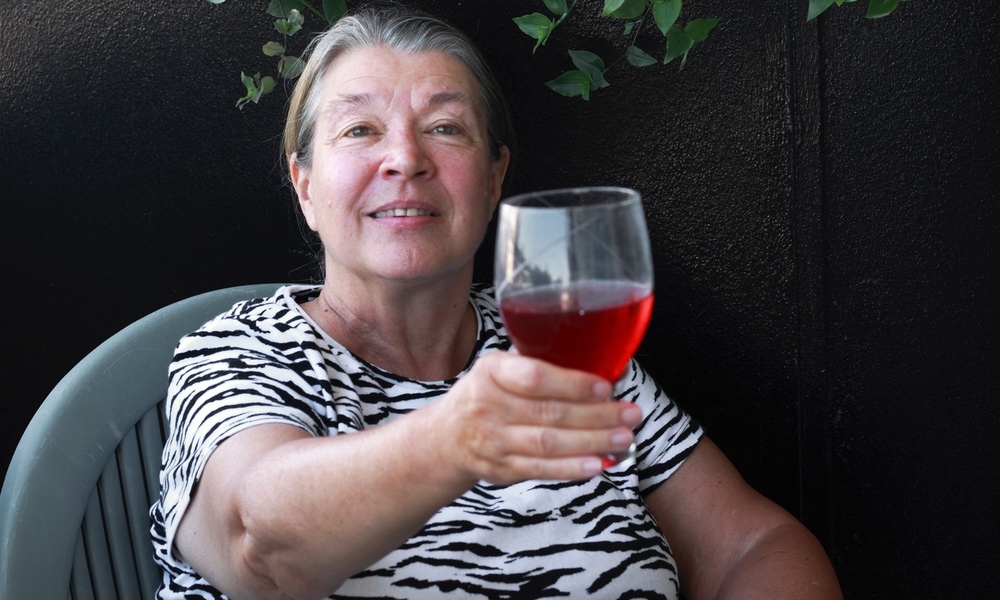When the researchers analyzed the cartilage from 18 cadavers of young people, they found plenty of the protein, called high mobility group box protein 2 (HMGB2). However, significantly less HMGB2 was seen in the cartilage of older subjects with mild OA and none at all in older subjects with advanced OA, indicating that the aging process functions as a cellular dimmer switch for the protein.This suggests that maintaining high levels of HMGB2 could be the key to slowing or preventing the disease's progression.
The presence of HMGB2 appears to be limited to the top two layers of the superficial zone, or the first 10% to 20% of full−thickness cartilage. The Scripps researchers confirmed an association between a reduction in HMGB2 and a loss of cellularity in the knees of mice with age−related OA degeneration. This suggests that maintaining high levels of HMGB2 could be the key to slowing or preventing the disease's progression.
The findings, which were published January in the Early Edition of the Proceedings of the National Academy of Sciences, could open the door to the development of new treatment options for age−related osteoarthritis. Existing therapies have been limited in their effectiveness for symptom relief and none have been shown to stop the disease from advancing to the point where a total joint replacement is necessary.
"As our population ages, osteoarthritis will become an ever−greater health issue," said Martin Lotz, MD, head of arthritis research at the Scripps Research Institute in San Diego and senior author of the study. "Everyone eventually gets osteoarthritis; even those people who are not functionally impaired by the disease are found to have cartilage damage. And it all starts with the loss of cells in the superficial layer. We now have a starting point for potential prevention, diagnosis, and treatment."
The new information about HMGB2 may lead to the development of small−molecule drugs to prevent the loss of the protein, or stimulate its production. In addition, the discovery of this protein will help scientists in using stem cells to engineer surface layer cartilage, which is unable to regenerate on its own.
Although the study specifically looked at age−related osteoarthritis, the researchers believe HMGB2 also plays a role in traumatic osteoarthritis, which is seen at a much younger age in former athletes and others who have experienced significant trauma to the joints.
"Without having performed specific experiments, I can offer the following hypothesis: We know that following joint trauma there is acute cell death. This is most prominent in the superficial zone where HMGB2 cells are located. As the initial lesion spreads, there is more cell death and loss of HMGB2 expressing cells," Lotz said. "The aging−related loss is more likely to be due to primary changes in HMGB2 gene expression through epigenetic mechanisms. We hope to publish conclusive data on this in the next one or two years."




